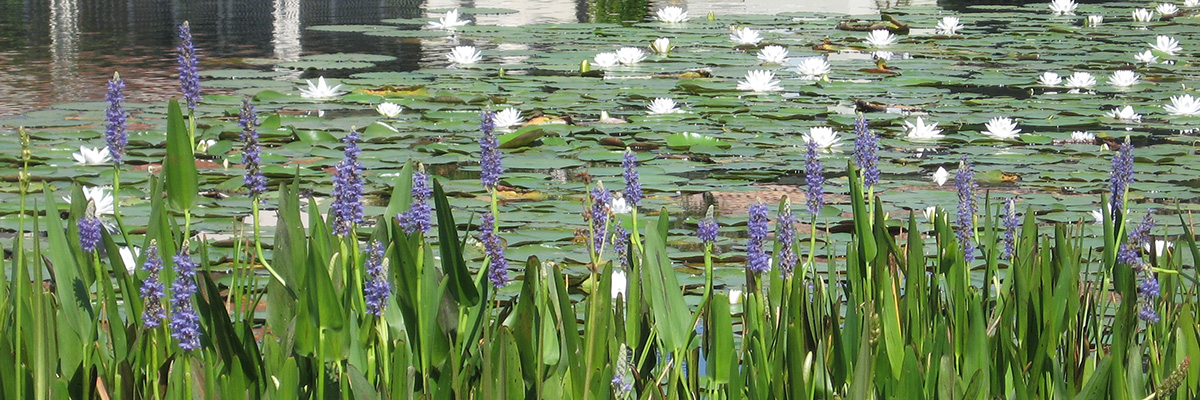
Dark Oily Cloud: The dark oily cloud may be insect cases left behind from a hatch of aquatic insects. The wind can concentrate the cases along the shore, and as they decompose, an oily sheen forms.
Dead Fish: An occasional dead fish is not cause for alarm. If you notice numerous dead fish, especially of more than one species, please contact your local government or the Florida Fish and Wildlife Conservation Commission(FWCC) or a Lake Management Company.
FWC: http://myfwc.com/conservation/you-conserve/recreation/pond-management/fish-kills/
The long range objective of the mitigation project is for the planted areas to become a self-sustaining sanctuary for Florida fish and wildlife, which replaces what was originally taken when the site was developed. A minimum of eighty percent coverage by desirable wetland plants after a two (2) year period, and demonstration of persistence for three (3) additional years is usually required by the County Department of Environmental resource Management and the United States Army Corps of Engineers. Maintenance to minimize exotic vegetation and to keep undesirable, rapidly spreading native plants from becoming dominant is required by the jurisdictional agencies.
When the area is first planted (called Time-Zero), a “Time-Zero” Monitoring Report is written and goes into detail concerning permit requirements and other original pertinent permit information. We can make it available for Association review.
We hope that this information will be helpful in your understanding of the environmental enhancement that the littoral shelves and transitional zones provide in your community.
There are many factors that cause lake bank erosion, including:
1. Continuous change in water elevation due to the change of seasons
2. Strong winds that cause waves that damage the shoreline
3. Stormwater runoff that causes damage due to improper draining practices
4. Fish, such as the armored catfish, that burrow into the lake banks, causing them to collapse
Stormwater pollution poses a health risk, harms marine life, closes beaches, contaminates the ocean, impacts the economy, harms the environment, affects neighborhoods and property values, clogs gutters and catch basins, attracts rodents, creates unpleasant odors, and adds to the Homeowner’s Association operating expenses.
A full report will be supplied along with a maintenance proposal, if required. Our maintenance proposal will include a credit for the inspection, based on the number of drains we need to clean. The maintenance proposal will also include the services of an engineer to do the final inspection and certification.
Allstate Resource Management will then put together the package for Broward County, which you will submit along with the Broward County renewal fee (usually $750.00).